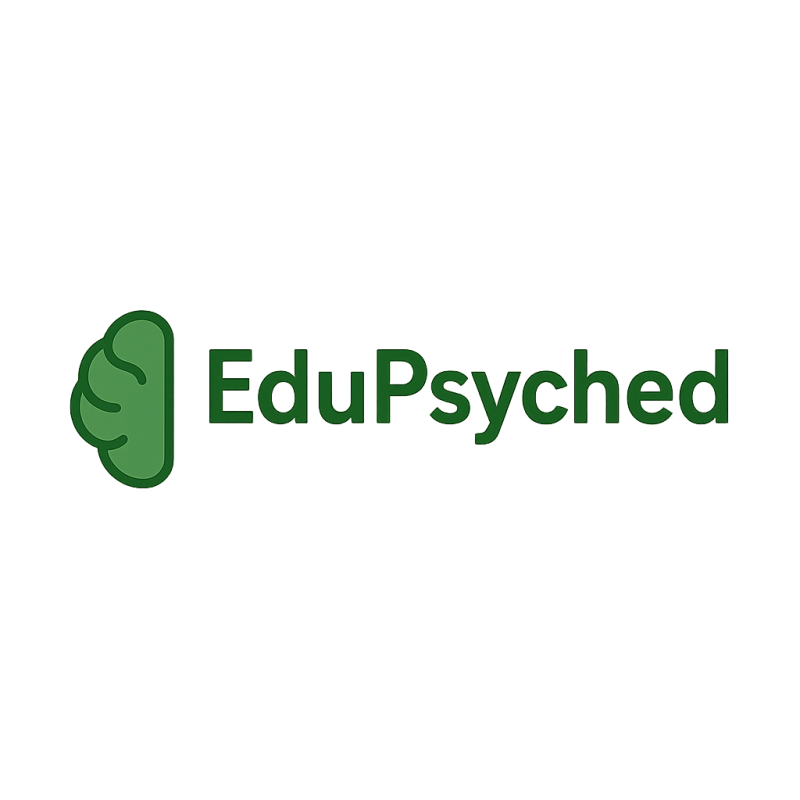Programs for Kids with ADHD — A Practical, Neurodiversity-Affirming Guide
Design evidence-based, compassionate programs that combine skills teaching, environmental adaptation, family coaching and clinical pathways — so children with ADHD can learn, belong and thrive.
ADHD is common and highly individual. The best programs don’t try to “fix” children — they scaffold learning and environments around strengths, reduce friction, and partner with families and schools. This guide gives you practical program types, classroom strategies, family supports and a ready-to-run 8-week group you can adopt or adapt.
Core Principles
Design around three guiding principles: multi-modal learning (multiple ways to engage, express and demonstrate), strengths-based practice (build on interests and capabilities) and co-design with families and children (their lived experience steers decisions). Programs should be pragmatic, measurable and culturally responsive.
Program Types & Roadmap
Universal Classroom Supports (Tier 1)
What to include:
- Universal Design for Learning (UDL): multiple ways to engage, represent and express learning.
- Predictable routines, visual timetables and short, clear instructions (1–3 steps).
- Movement-friendly approaches (brain breaks, standing options).
- Teacher micro-training on scaffolding attention and positive reinforcement.
Targeted Small Groups (Tier 2)
Common group programs:
- Executive Function Coaching (planning, working memory, self-monitoring).
- Social skills and emotional regulation groups (practice and rehearsal).
- Short parent check-ins or parallel parent sessions to co-learn strategies.
Individualised Supports (Tier 3)
Options:
- One-to-one executive function coaching or tutoring.
- Occupational therapy for sensory needs and regulation strategies.
- Clinical therapy (CBT) for co-occurring anxiety or emotional challenges; medical review where appropriate.
Parent / Caregiver Programs & System Links
- Behavioural parent training: practical, strengths-based techniques for home routines.
- Home-school collaboration: shared plans, communication logs, and consistent reinforcement.
- Support navigation: linking families to local therapy, NDIS or funding where applicable.
Measure Outcomes & Build Capacity
Key measures & staffing:
- Use Goal Attainment Scaling (GAS) for personalised goals and teacher rating scales for function.
- Track classroom markers: on-task time, prompts required and transition success.
- Staffing: lead facilitator (psychologist or SEN teacher), OT/Speech support, trained teachers and parent coaches.
Sample 8-Week Executive Function Group (Ages 8–12)
Structure: Weekly 45-minute child session + 15-minute parent check-in OR a parallel parent session.
Overview of sessions:
- Week 1 — Intro & Baseline: Fun EF games; introduce “Stop → Think → Plan → Do → Review”.
- Week 2 — Working Memory: Chunking tasks, visual aids, memory games.
- Week 3 — Planning & Prioritising: Simple planners, checklists and role play.
- Week 4 — Time & Task Management: Timers, 10–15 minute work blocks, transition routines.
- Week 5 — Inhibition & Self-Control: Pause practice, impulse control games.
- Week 6 — Emotional Regulation: Breathing, naming feelings and cooling strategies.
- Week 7 — Organising Materials & Digital Tools: Folders, reminders and accessible tech tips.
- Week 8 — Generalisation & Celebration: Personal toolkit, family celebration, next steps.
Homework: Tiny daily practices (2–5 minutes) and weekly family reflection. Keep tasks achievable to build confidence.
Common Challenges and Practical Fixes
Challenge: Teacher bandwidth
Teachers often struggle to implement additional strategies due to time constraints and competing priorities.
Implement short, practical teacher micro-trainings (15-20 minutes) with ready-to-use classroom scripts. Embed strategies directly into existing weekly planning meetings rather than adding extra tasks. Provide quick-reference guides and peer coaching opportunities.
Challenge: Variable responses
Children with ADHD respond differently to interventions based on their individual profiles, co-occurring conditions, and environmental factors.
Use Goal Attainment Scaling (GAS) for personalized goals and conduct iterative reviews every 2-4 weeks. Document what works for each child and be prepared to adjust approaches. Create a simple tracking system to monitor individual responses to different strategies.
Challenge: Family stress & access
Families may experience significant stress and face barriers to accessing support due to work schedules, transportation issues, or financial constraints.
Offer flexible scheduling with evening and weekend options, remote participation via video calls, and clear signposting to local services and funding opportunities. Co-design implementation plans with families to ensure they're feasible within their specific context. Provide childcare during parent sessions when possible.
Beyond Programs — Building Sustainable Supports
Programs succeed when schools and services build capacity: routine coaching for teachers, peer learning groups, and integrated referral pathways. Treat program delivery as a partnership between educators, clinicians and families — and plan for handover so supports persist beyond the pilot.
Take Action Today
Start with a small pilot: pick one classroom or community site, run a 6–8 week targeted group, collect simple measures (GAS + teacher ratings) and iterate. Centre family voice, measure function not just symptoms, and celebrate small wins loudly.
Remember: Effective ADHD programs combine skill teaching, environmental design and family partnership. With modest structure, clear goals and compassion, small interventions produce big, lasting differences in children’s learning and wellbeing.





